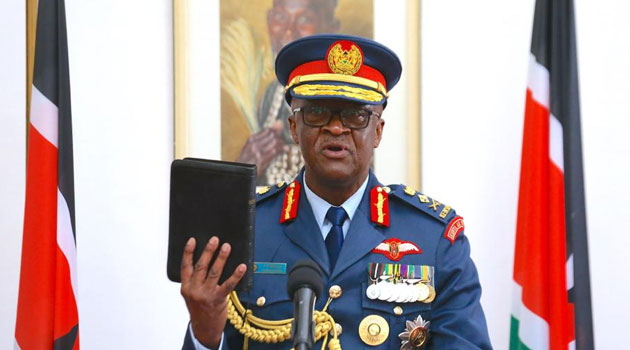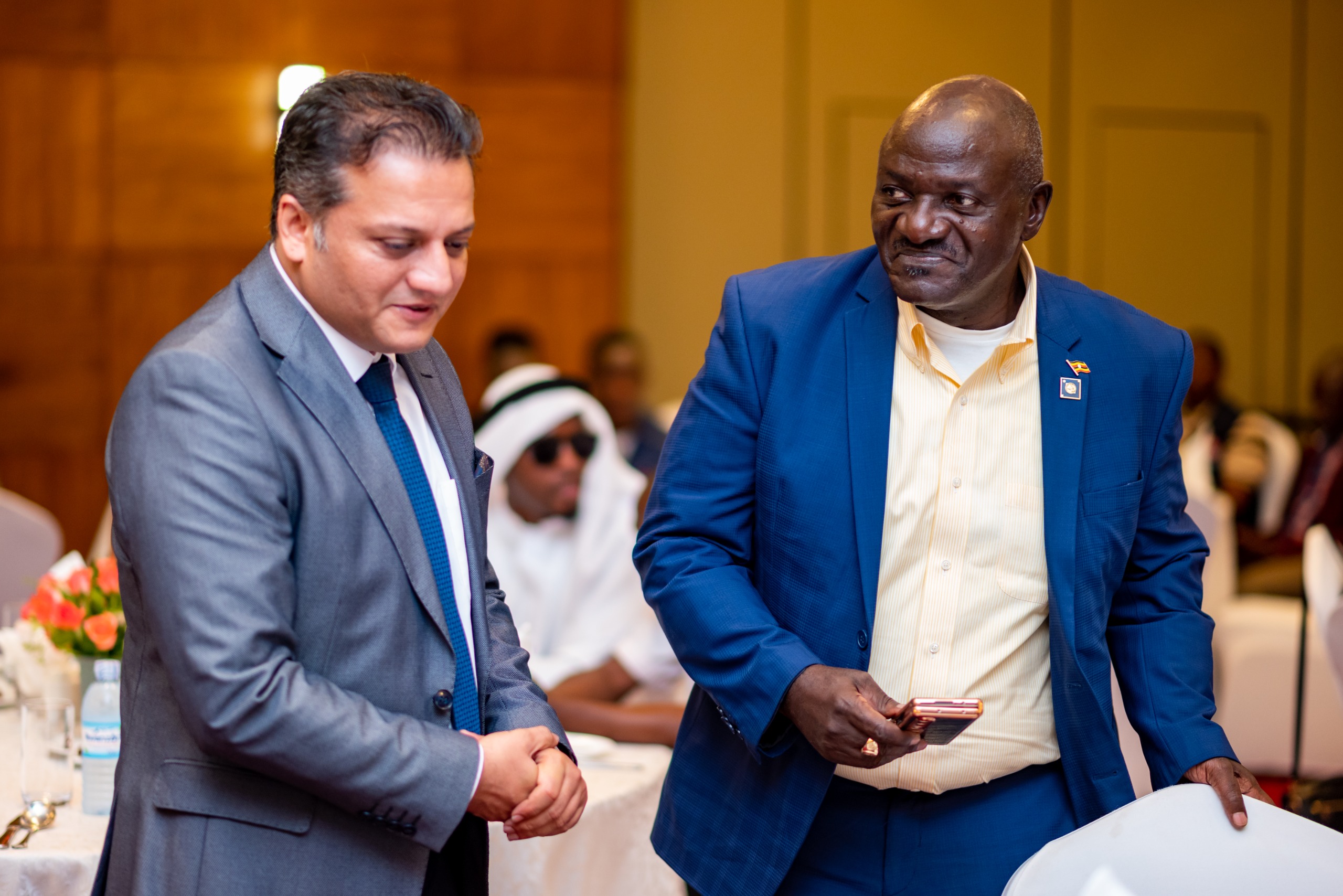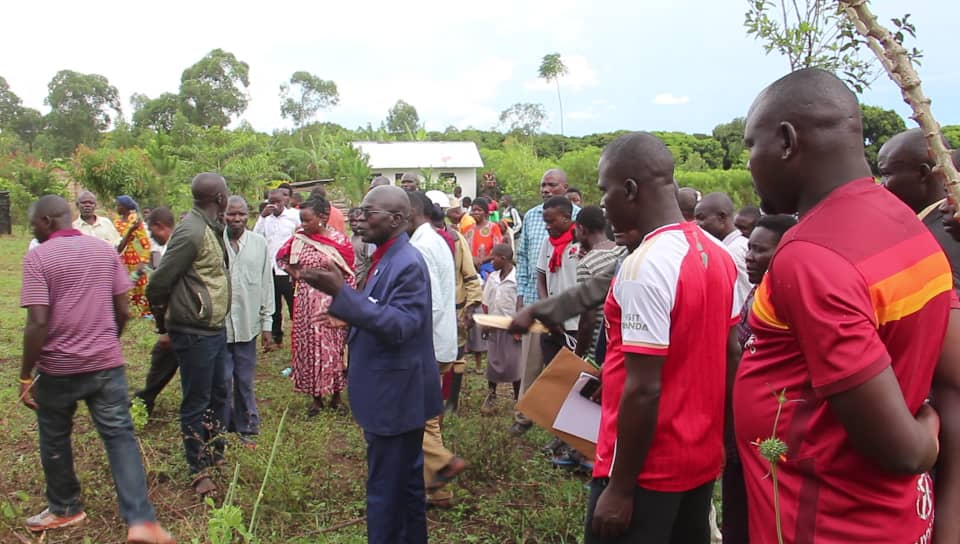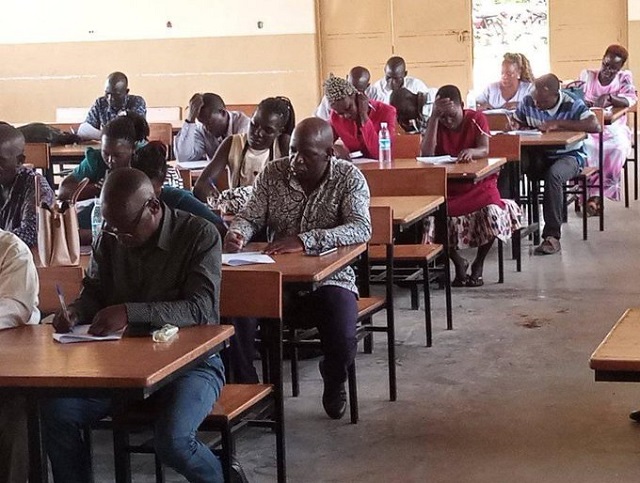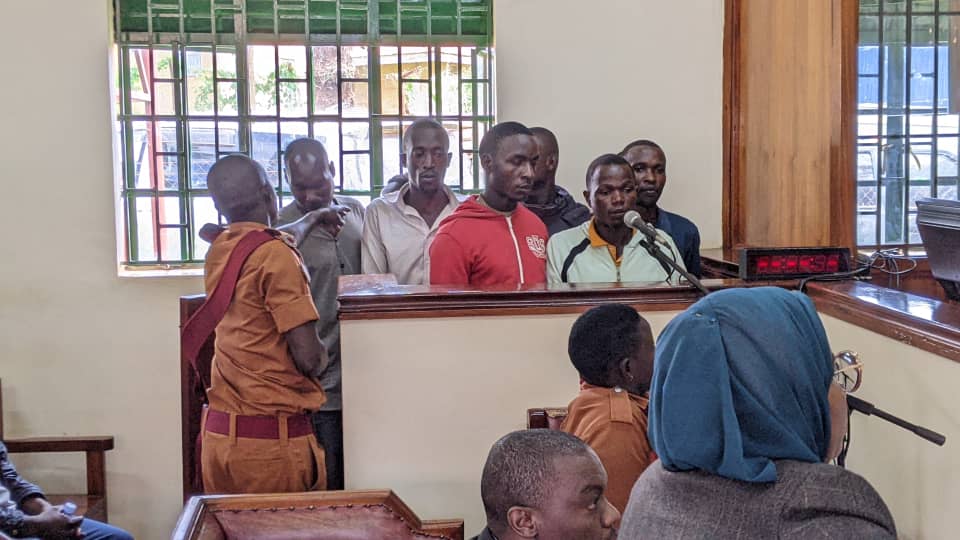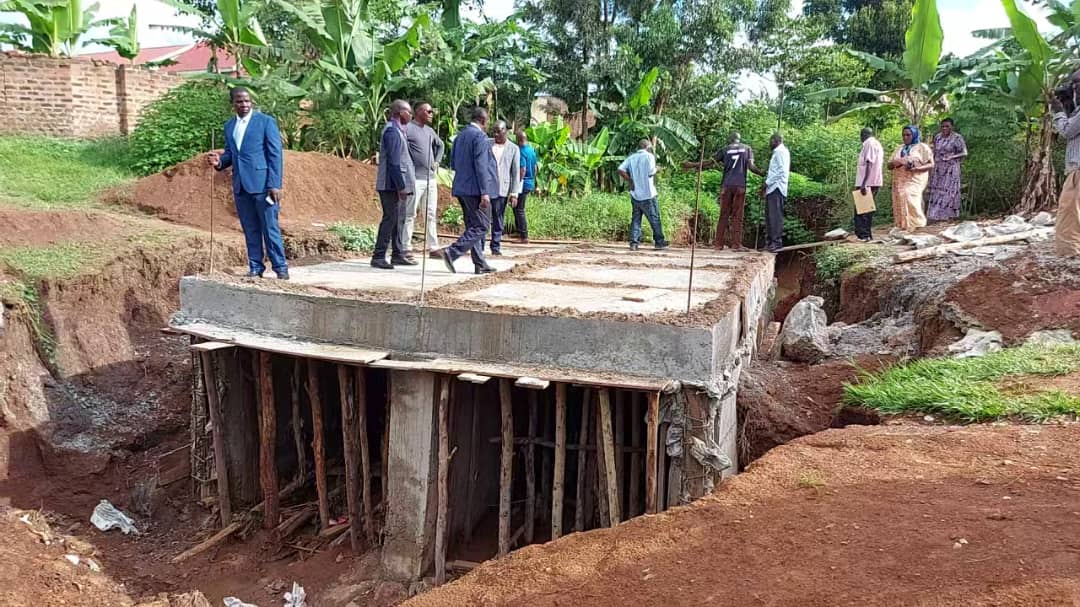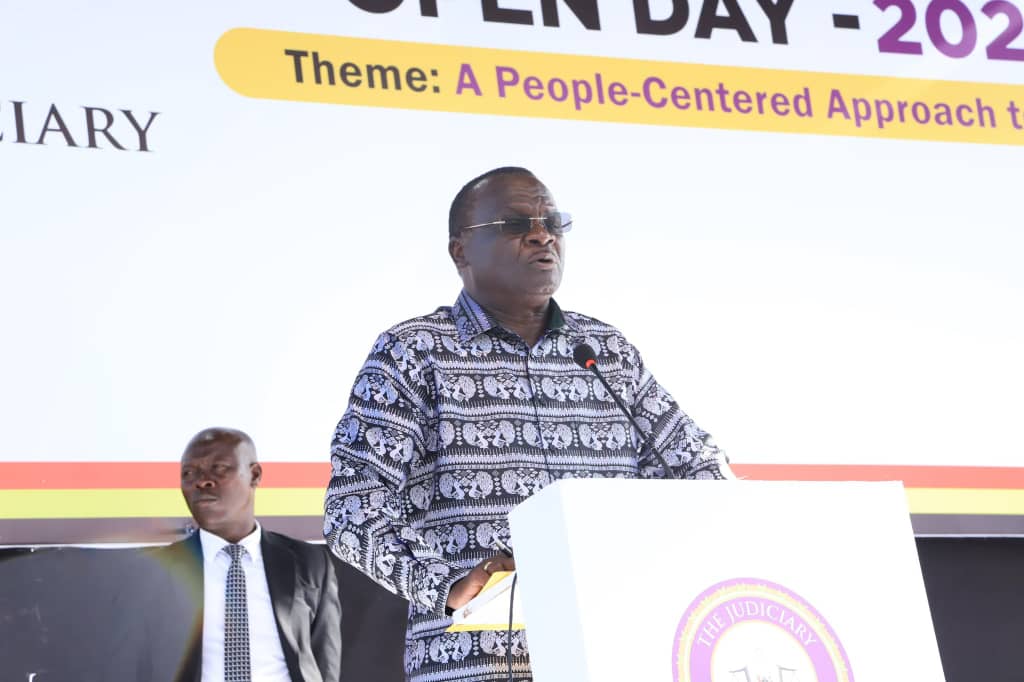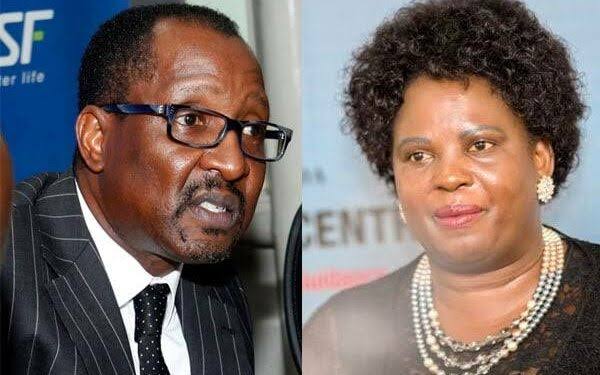Kenya’s Standard Gauge Railway to be electrified by 2021
Kenya will upgrade its recently launched Standard Gauge Railway to electric once the power supply becomes dependable.
Speaking during the launch of the second trip for the Madaraka Express Passenger Service on the Nairobi-Mombasa route at the SGR Nairobi terminus in Syokimau, Transport and Infrastructure Cabinet Secretary James Macharia said the government opted to build a diesel traction rail line, with an option to upgrade to electric because of the insufficient power currently in the country.
Keep Reading
“We could have built an electric line but we were not 100 per cent confident of supply of electric power. That is why we decided to start with diesel but provided a provision to upgrade it later to electric traction in the next three to four years,” he said.
“That is why even Uganda and Rwanda who are planning to build electric lines have no problem because we have explained how the lines will link up,” Macharia said.
Kenya Railways Managing director Atanas Maina said the government has already projected that the upgrade to electric traction line will cost an estimated 20 per cent of the current cost of SGR line.
"We hope to upgrade in about three to four years," he said.
Both Kenya and Uganda are building Chinese Class 1 railway standards although Uganda has designed an electric line and will electrify it’s SGR from the onset.
It is estimated that the Malaba-Kampala line which Uganda is starting with will consume 50 to 100MW depending on the traffic volumes.
There had been earlier concerns on how the Uganda and Kenya SGR lines will connect when one is electric and the other is diesel but the Uganda SGR Project Coordinator Kasingye Kyamugambi says the two countries have in the interim worked out an interchange model at the Uganda-Kenya border for the two systems to connect seamlessly as we wait for Kenya to electrify.
He welcomed the re-affirmation by Kenya to electrify SGR by 2021 adding that the two countries have continued to work closely to harmonise different aspects of the Proect as envisioned in the NCIP – SGR protocol
On why Uganda chose to go electric fom the onset, Kasingye revealed that SGR Uganda has been assured of reliable supply of electricity from Uganda Electricity Transmission Company Limited and related stake holders.
“An electric traction system comes with many benefits. It slightly increases investment cost of the project but lowers maintenance costs, lowers energy costs, ensures better acceleration, eliminates emissions. It also lowers locomotive acquisition costs and we get to have a modern & efficient infrastructure”
Kasingye further revealed that Uganda SGR is planned to operate with utilization of traction sub stations every 50 kilometers of the route. Each traction substation will have two independent feeders from two independent sources.
Uganda currently has 850MW of installed power capacity with effective generation approximately at 710MW. The Government of Uganda through UEGCL is also constructing a 600 MW karuma hydro power dam and another at Isimba falls expected to generate additional 183 MW
Upon completion, the two damns will boost power supply and guarantee more availability and reliability of power


